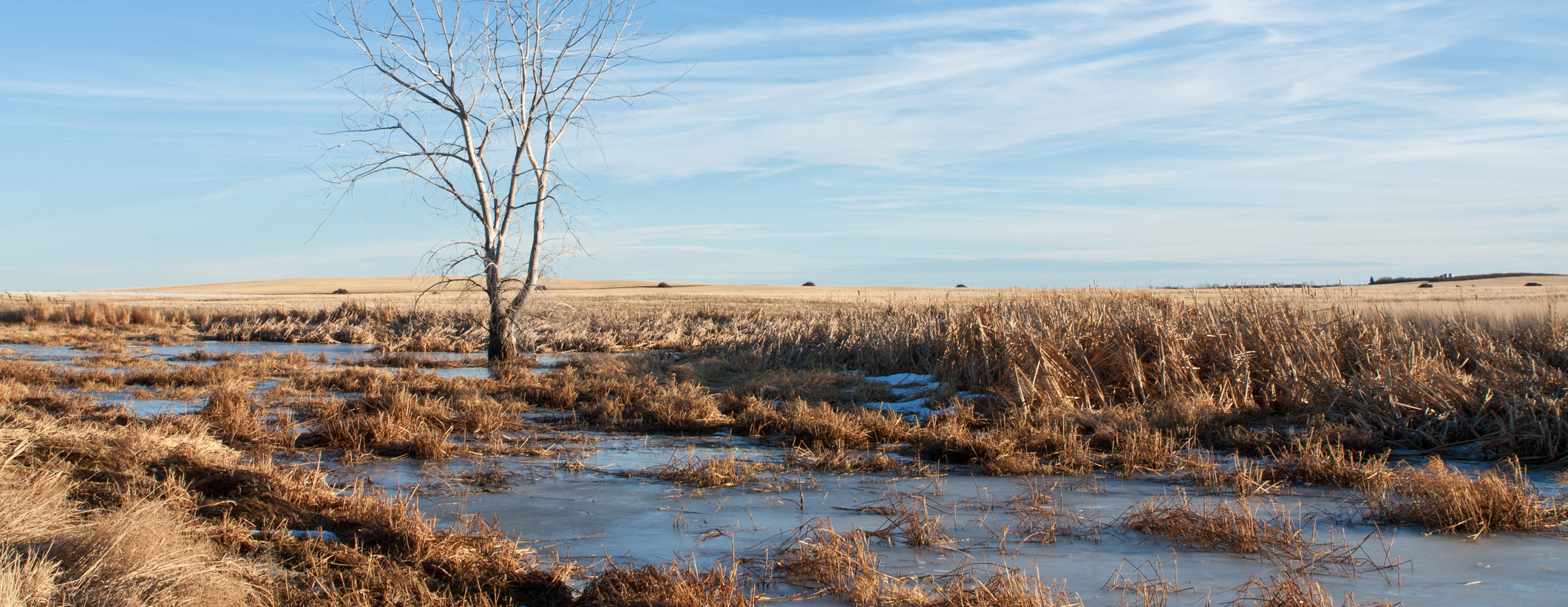Saskatchewan’s Water Security Agency (WSA) has released its preliminary spring runoff outlook for 2018.
With the dry conditions in the summer and fall of 2017, combined with below-normal winter precipitation thus far, a below-normal spring runoff is expected across southern Saskatchewan this year.
Conditions are near-normal across northern areas of Saskatchewan. Meadow Lake and the Upper Churchill River Basin is the exception with this region receiving extremely high rainfall in 2017, which created a wetter than normal landscape at freeze-up. This area is expected to experience normal to slightly above normal spring runoff in 2018.
The summer of 2017 saw extremely low rainfall across a large portion of southern Saskatchewan with record dry conditions in some locations. These conditions continued into the autumn where precipitation was also below normal. As a result, soil moisture conditions were dry at freeze-up and significant wetland storage was available in many areas.
The runoff potential could change as Saskatchewan has the potential to experience another 8–10 weeks of winter. However, with dry autumn conditions and below average winter precipitation to date, it would take well above average precipitation in February, March, and April to produce an above average spring runoff within southern areas of the province.
After spring 2017, most surface water lakes and reservoirs were full or near full, but after extremely low rainfall throughout the summer and fall of 2017, many are now at below average levels.
Some agricultural water supply issues began to emerge in late summer 2017, primarily in the south-central areas of the province. With below or well-below normal runoff expected, WASA anticipates that these water supply shortages will intensify and expand across southern Saskatchewan. The WSA warned that this could create some water supply issues for municipalities and irrigators if conditions remain dry into the summer months.
As conditions change and get closer to spring runoff WSA will issue another updated forecast in March.












